Edited by Dr. Stefano Casali
" first part
Respiratory function
- Provide for O2 replenishment and CO2 removal
- Balance between circulation and ventilation with a ratio close to 1
- Ventilation = Tidal volume per time:
- Dead space ventilation
- Alveolar ventilation
Hypoxemia caused by alveolar hypoventilation can always be corrected by increasing the oxygen concentration in the inspired air. An increase of about 1 mmHg in the inspired oxygen tension causes a 1 mmHg increase in arterial oxygen tension.
Causes of alveolar hypoventilation
- Central nervous system depression caused by drugs, anesthesia, hypothyroidism
- Disorders of the medullary respiratory center, caused by trauma, haemorrhage, encephalitis, stroke
- Tumors
- Respiratory control disorders such as sleep apnea and obesity hypoventilation syndrome
- Trauma of the chest, kyphoscoliosis, thoracoplasty
- Neuromuscular disorders affecting the neuromuscular plaque, such as myasthenia gravis, or respiratory muscles, such as poliomyelitis, Gllillain-Barré syndrome and amyotrophic lateral sclerosis
Alterations in the ventilation-perfusion ratio
- Under normal conditions, the alveoli are reached by approximately equal volumes of air and blood; this balance can, however, be altered. In poorly ventilated alveoli (V), increased blood flow (Q) can occur. alveoli with increased ventilation can lead to a reduced blood flow. In both cases, there is an "alteration of gas exchange, often of a severe degree.
- The alteration of the V / Q ratio represents the most frequent cause of hypoxemia encountered in clinical practice. It explains the hypoxemia of the chronic bronchitis, of the emphysematous and of the asthmatic. Furthermore, it explains much of the hypoxemia that occurs in interstitial lung disease and pulmonary edema.
Hypercapnia
Hypercapnia (accumulation of carbon dioxide with an increase in PaCO2) can be determined by two mechanisms:
- Hypoventilation is easily understood. PaCO2 is inversely proportional to alveolar ventilation (Equation 1). When alveolar ventilation is reduced, PaCO2 increases.
The following equation defines the relationship between PaCO2, alveolar ventilation (VA) and the body's production of carbon dioxide (VCO2):
PaCO2 = VCO2 / VA (Equation 1)
VCO2 is considered constant; when VA decreases, PaCO2 increases. Similarly, an increase in VCO2 can cause PaCO2 to rise. Normal Paco2 values vary between 35 and 45 mmHg and, unlike PaO2, are not affected by age.
- A severe alteration of the V / Q ratio can cause a buildup of carbon dioxide. When PaO2 is reduced as a result of an alteration in the V / Q ratio, PaCO2 increases. This phenomenon frequently occurs in patients with COPD (Chronic Obstructive Pulmonary Disease)
In some patients, ventilation promotes the return of PaCO2 to normal values. These patients (COPD patients who hyperventilate) are referred to as "pink-puffers". )
In other patients, PaCO2 increases and PaO2 decreases as a result of an "altered V / Q ratio. These patients are referred to as" blue bloaters ": cyanotic individuals with poor ventilation.
Ventilation control
- Pontine-medullary respiratory center
- CO2
Central pH chemoreceptors regulate ventilation following the passage of CO2 into the blood and acidification of the cerebrospinal fluid.
Ventilation increases by 3 lt min per mm Hg of Pa CO2; breathing in 5% CO2 increases ventilation by 3-4 times.
The CO2 stimulus is depressed by central drugs and by airway obstruction (respiratory work ??) - O2:
Carotid and aortic chemoreceptors
Under normal conditions PO2 can be considerably reduced (50mm Hg) before activating ventilation
In the presence of hypercapnia, the reduction of PO2 below 100 mm Hg stimulates ventilation
In patients with chronic hypercapnia, where the metabolic compensation reduces the pH effect, O2 represents the major stimulus - pH:
Peripheral chemoreceptors
Although it is difficult to separate the effect of pH from that of CO2, experimental studies have shown that changes in pH of 0.1 units stimulate ventilation.
Bibliography
West J. B., "Breathing Physiology "; Ed.Piccin, Padua, 1979.
Ganong W.F., "Medical Physiology "; Ed. Piccin, Padua, 1979.
AA. VV., "Human anatomy"; I - II - III vol. - Edi Ermes 1983.
Fox E.L., "Sport physiology "; Grasso 1982 editions.
Tugnoli F., "Breathing"; Sports Press Society 1981.
Mario Fabbri. "Diseases of the respiratory system"; CLEB Editore, III edition, May 2007.
Martini et al., "Human anatomy"; III edition - Edises;
Seeley et al., "Anatomy"; II edition - Idelson-GnocchiAA.VV., "Physiology of man"; Edi-ermes
J. West; "Pulmonary pathophysiology"; McGraw Hill, Italy.
A.B. McNaught - R. Callander, "Illustrated physiology "; The Scientific Thought Publisher
P. Castano, "Anatomy and physiology of "man"; Anatomy and physiology of man

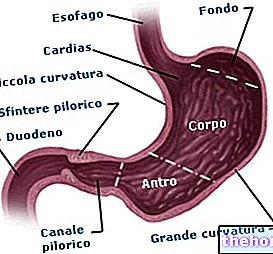
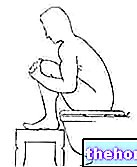

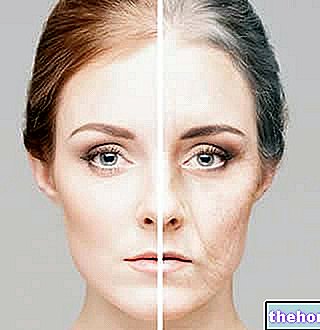
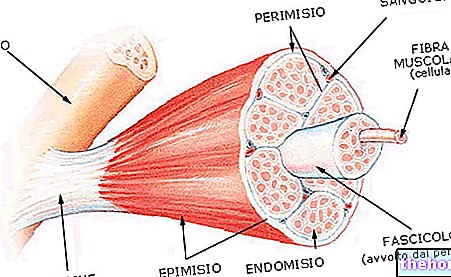
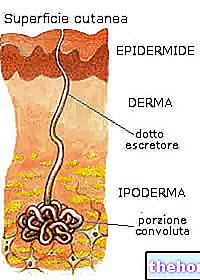









.jpg)











